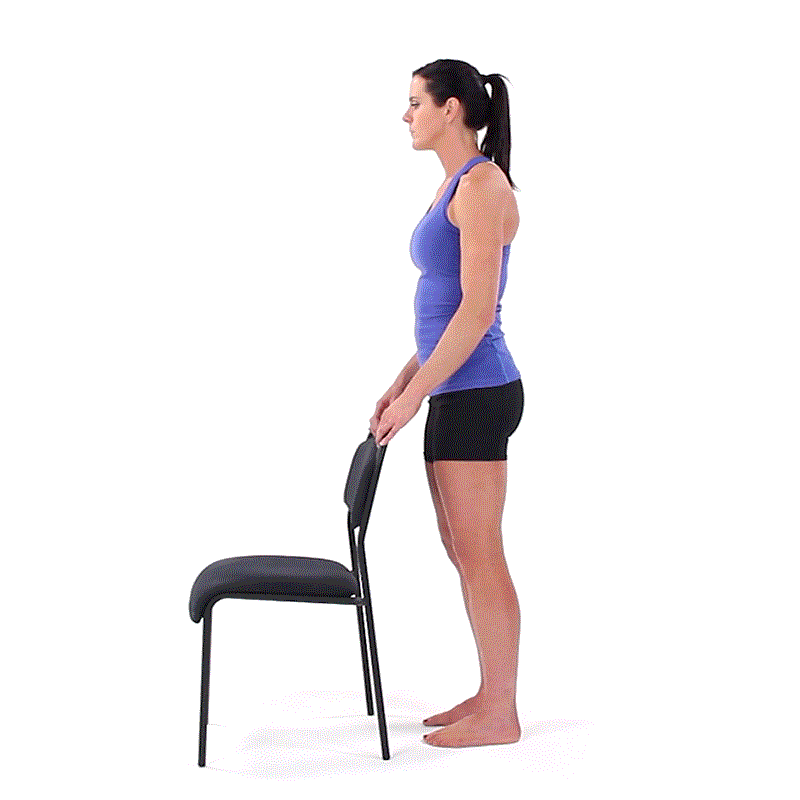Want Better Balance? Start at the Base

When patients come to you with balance concerns, where should you start? The knees? The hips?
In fact, the source of most balance problems is the ankle.
The ankle is our first contact with the ground, and when things go wrong here, everything else is affected further up the chain. Although other antigravity muscle groups play a role in balance, none are more important or impactful than ankle range of motion and weakness.
Planning and executing a solid and effective balance program focusing on ankle ROM and strength can quickly deliver results.
Choosing Exercises for Ankles
Research shows that standing balance exercises that incorporate the ankle are among the most important when trying to reduce fall risk. For instance, in a 2011 literature review, Schubert outlines a triad of effective fall reduction programs, which include strengthening, specific standing balance exercises, and walking. This same approach is also incorporated into the Otago Exercise Program for Falls Prevention.
These exercises are neither complicated nor unique, but treatment plans for balance and falls reduction must be specific to a patient’s deficits and include emphasis on the ankle at all times in the standing position.
 Exercises focused on closed kinetic chain ankle strengthening will be the most impactful for improving balance. One example is the standing heel raise. This versatile exercise can be modified based on your patients’ needs. Patients who need extra support can perform the exercise using a chair or the wall, or you can add in resistance for patients who need additional challenge or strengthening. Assigned exercises could also include sway activities, which prevent patients from using their hips while touching a target with their pelvis.
Exercises focused on closed kinetic chain ankle strengthening will be the most impactful for improving balance. One example is the standing heel raise. This versatile exercise can be modified based on your patients’ needs. Patients who need extra support can perform the exercise using a chair or the wall, or you can add in resistance for patients who need additional challenge or strengthening. Assigned exercises could also include sway activities, which prevent patients from using their hips while touching a target with their pelvis.
Additional Ankle Resources
A full selection of ankle strengthening exercises is available as part of MedBridge’s Patient Engagement Solution. You can also develop expertise in ankle conditions—and much more—with the Orthopedic Excellence: The Lower Quarter MedBridge Certificate Program.
Designing home exercise programs that feature functional strengthening activities facilitating the use of pre- and post-tibial muscles and challenging ankle ROM will give you the best bang for your buck and help your patients achieve better balance.
- Shubert, T. E. (2011). Evidence-based exercise prescription for balance and falls prevention: a current review of the literature. Journal of Geriatric Physical Therapy, 34(4): 100-8.
- Shubert, T. E., Smith, M. L., Ory, M. G., Clarke, C. B., Bomberger, S. A., Roberts, E., & Busby-Whitehead, J. (2014). Translation of the Otago Exercise Program for adoption and implementation in the United States. Frontiers in Public Health, 2: 152.
- Kim, M.-Y. & Yoo, K.-T. (2017). The effects of open and closed kinetic chain exercises on the static and dynamic balance of the ankle joints in young healthy women. Journal of Physical Therapy Science, 29(5): 845-850.

